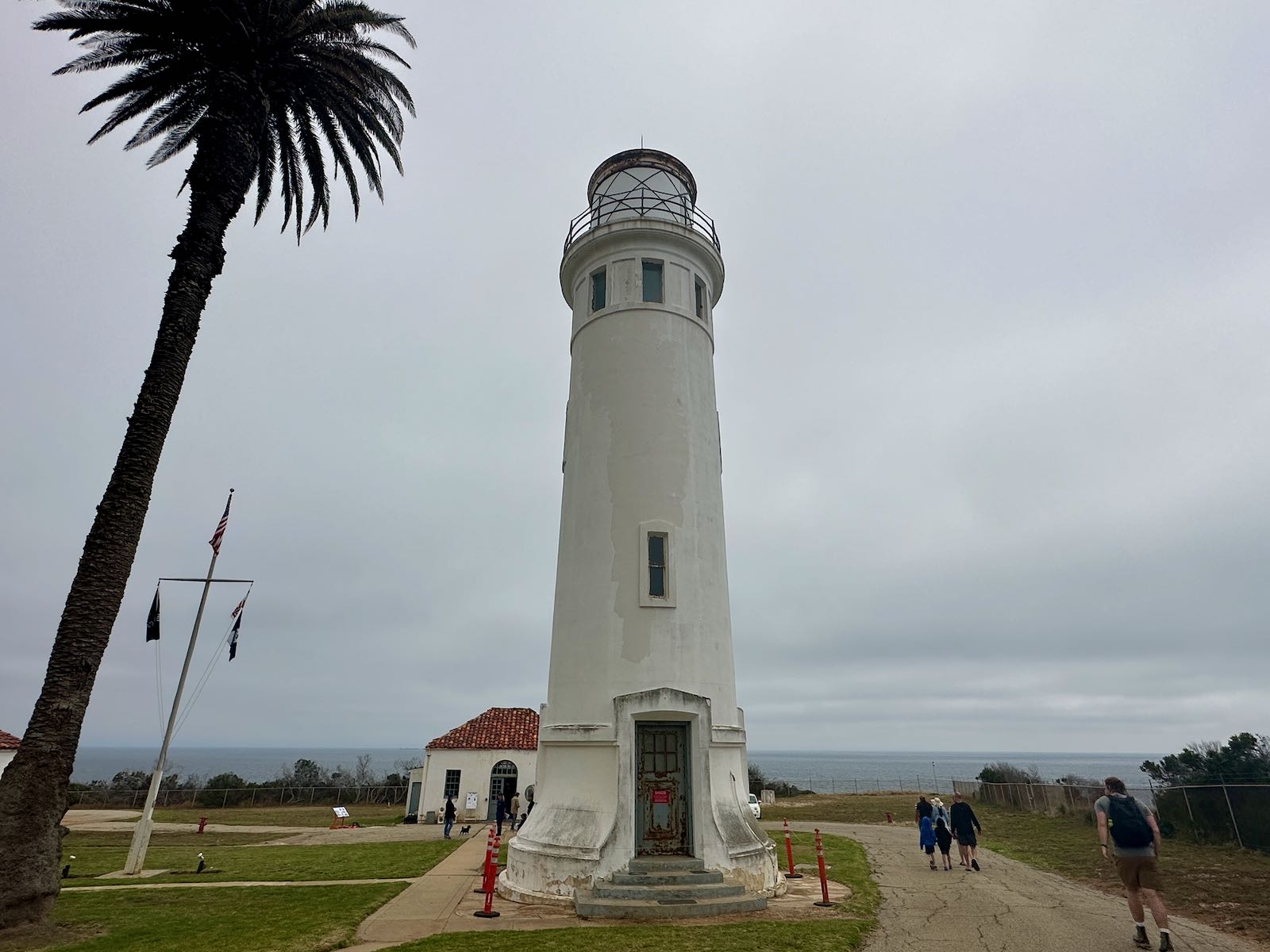Etan R.
Music omnivore, student of LA history, beer snob and amateur father. Working my way through the canon.
John Lautner's Walstrom House from 1969 is a deceptively simple treehouse of a home. It's just 1400 square feet and almost entirely made of wood and glass – worlds away from his big-budget concrete experiments of the '60s, more in line with his compact wood-clad homes from the '40s. But there is plenty of Lautner's spatial inventiveness here, and a sculptural quality to every part of the building.
In the shadow of Universal Studios is a crucially significant site for California history: Campo de Cahuenga, where in 1847 Andrés Pico & John C. Frémont signed a treaty ending California hostilities in the Mexican-American War. While the original adobe where they met was demolished ~1900 the site has yielded important archaeological evidence about the many eras of people who lived and worked there.
The Aloha Apartments were built in 1928 as a hybrid apartment building/hotel. There were a few starlets that lived here, but most of the Aloha’s tenants were middle-class professionals. It's a great example of how the housing market was changing to meet the needs of all the different kinds of people flowing into Hollywood during the 1920s and ‘30s.
For over a century, the Rose Bowl in Pasadenahas played host to some of college football's most-watched games (plus: the world's biggest flea market!). And while it's earned its place in sports lore many times over, the Rose Bowl also has a fascinating, evolving history as a work of architecture.
In 2023, I visited 69 LA landmarks on the National Register of Historic Places. Here are my top 10, with links to my full writeups on each of them.
Embodied in this opulent craftsman home are the history of the Victoria Park neighborhood, the legacy of the eminent architects Train & Williams, and the fascinating backgrounds of financier Nellie Shannon, her husband Michael (the first traffic cop in LA) and their son Michael Francis, who once served as Grand Exalted Ruler of the Elks.
The fireboat Ralph J. Scott served the Port of LA from 1925-2003, making it the longest-serving apparatus in LA Fire Department history.
The well-preserved Victorian house at 1360 Lida Street is one of the few 19th century remnants in Linda Vista, Pasadena's wealthiest neighborhood. It was built in 1888 at a critical juncture for the neighborhood, as it was transforming from sleepy rural farmland to an exclusive bedroom community of entrepreneurs and working professionals.
This humble 1911 cottage was once home to the Hill family, some of Chatsworth's earliest settlers. Now called the Homestead Acre, it's one of the few physical connections we still have to the west Valley’s pioneer days.
Malaga Cove Plaza was the first commercial center built in the first subdivision of Palos Verdes. Though its buildings span decades and architects, it all hangs together thanks to a uniform Mediterranean vibe.
Bowen Court (1911), designed by Arthur & Alfred Heineman, is the oldest bungalow court in Pasadena still standing in its original location. It's also the quintessence of the style: 23 craftsman cottages, each one with its distinctive quirks, all centered around a wide walkway with nary a car in site.
Built in 1936, the San Pedro Post Office merges New Deal-era "starved classical" style with art deco quirks. While the architecture and Fletcher Martin mural are the draw here, the original glass-top writing desks are plenty charming, too. PLUS: a surprise postal museum downstairs!
Hollywood Forever cemetery is the final resting place of countless entertainers, and many of LA's all-time most important citizens. But its significance extends way beyond who was buried there.
The old keepers of the 1926 Point Vicente Lighthouse used to tell of a ghostly woman that would move across the walkway garbed in a flowing white dress. Though the "Lady of the Light" hasn't been seen since someone applied a fresh coat of paint in 1955, and no keepers have minded the beacon since the early 1970s, the Point Vicente Lighthouse is still an important navigational aid for ships heading into the Ports of LA and Long Beach.
Wilton Historic District comprises 63 well-maintained homes, mostly craftsman & colonial revival, built between 1907 and 1925. The neighborhood's unique, due to the weird-ass layout of the streets and unorthodox siting of many of the homes, and how magnificently it's held up over the past century.














